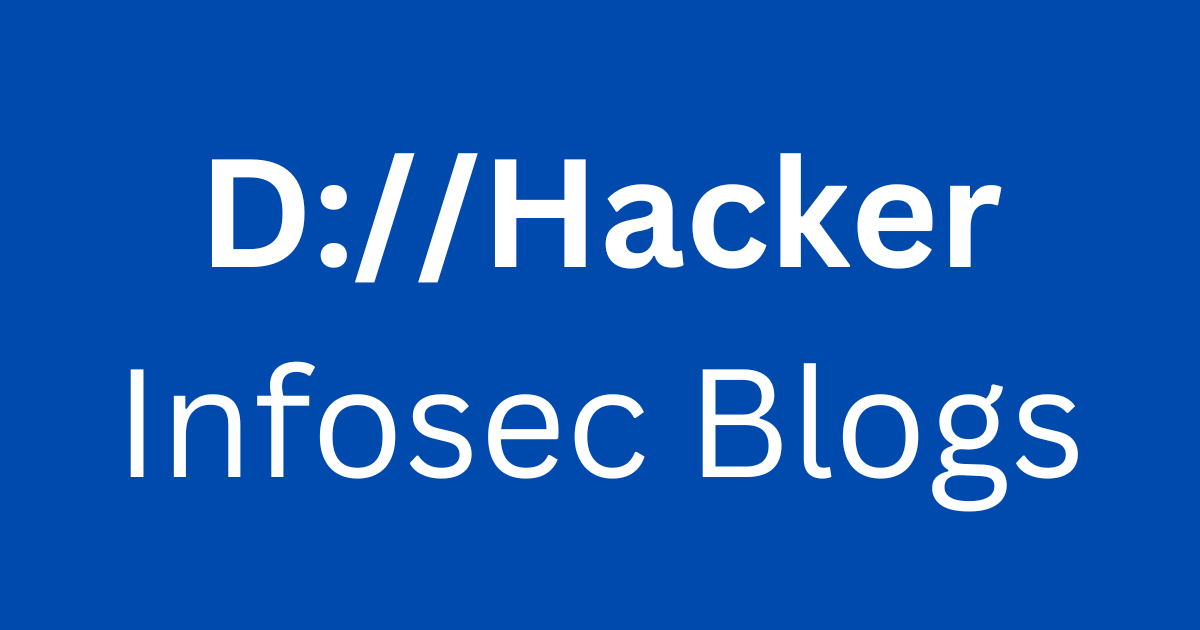Introduction
Blockchain and Smart Contracts: The post discusses about the vulnerabilities in Blockchain and smart contracts that have emerged as transformative technologies, promising enhanced security and transparency. However, like any technology, they are not immune to vulnerabilities. In this blog, we will explore the vulnerabilities found in blockchain and smart contracts, their impact, the damage they have caused, and the efforts to address and mitigate these issues.

Smart Contract Vulnerabilities
Reentrancy Attacks: Reentrancy is a critical smart contract vulnerability where an attacker exploits the flow of control in the contract to repeatedly re-enter the same function before previous invocations are complete. This can lead to unauthorized fund transfers or unintended manipulation of contract state.
Impact & Damage: Notorious examples of reentrancy attacks include the infamous DAO hack in 2016, resulting in the loss of millions of dollars worth of Ether.
Fix: To address this issue, developers must implement the “checks-effects-interactions” pattern and use modern Solidity constructs like “require” to ensure external calls are the last operations in a function.
Unchecked External Calls: Smart contracts may interact with external contracts, and if not carefully validated, this can lead to unintended behavior and exploitation.
Impact & Damage: Several instances have been reported where attackers manipulated unchecked external calls to drain funds from smart contracts.
Fix: Developers must meticulously validate external contract addresses and use secure coding practices to avoid unchecked external calls.
Blockchain Vulnerabilities
51% Attack: In a blockchain network, a 51% attack occurs when a single entity or group gains control over more than 50% of the network’s hashing power. This gives them the ability to rewrite transaction history and potentially double-spend coins.
Impact & Damage: Smaller blockchain networks have been vulnerable to 51% attacks, resulting in loss of funds and undermining confidence in the network’s security.
Fix: To mitigate 51% attacks, blockchain networks can implement mechanisms like Proof-of-Stake (PoS) consensus algorithms, which make it economically unfeasible for attackers to gain a majority control.
Consensus Vulnerabilities: Consensus algorithms, such as Proof-of-Work (PoW) or PoS, can be vulnerable to attacks if not properly designed and implemented.
Impact & Damage: Inadequately secured consensus mechanisms can lead to forked blockchains, chain splits, and network instability.
Fix: Blockchain developers and researchers continually work on improving consensus algorithms and protocols to enhance security and address potential vulnerabilities.
Cross-Chain Interoperability Issues
Cross-chain interoperability aims to facilitate communication and asset transfer between different blockchain networks. However, these solutions can introduce new vulnerabilities, such as unauthorized token swaps and double-spending risks.
Impact & Damage: Cross-chain interoperability issues can lead to financial losses, confusion, and lack of trust in the interoperability solutions.
Fix: Researchers and developers are actively exploring and refining technologies like Atomic Swaps and sidechains to ensure secure cross-chain interoperability.
Conclusion
While blockchain and smart contracts offer significant advantages in terms of security and transparency, they are not immune to vulnerabilities. Reentrancy attacks, unchecked external calls, 51% attacks, and cross-chain interoperability issues are among the notable vulnerabilities found in these technologies.
The impact of these vulnerabilities has been significant, resulting in financial losses, reputational damage, and skepticism about the security of blockchain applications. However, the blockchain community is proactive in addressing these issues. Developers, researchers, and blockchain enthusiasts continuously collaborate to enhance security measures, develop new consensus algorithms, and implement best practices for smart contract development.
As blockchain technology matures and new solutions emerge, it is crucial for organizations and individuals to stay informed about potential vulnerabilities and adopt proactive security measures. By being vigilant and responsive, we can pave the way for a safer and more secure blockchain ecosystem, realizing the true potential of this groundbreaking technology.

